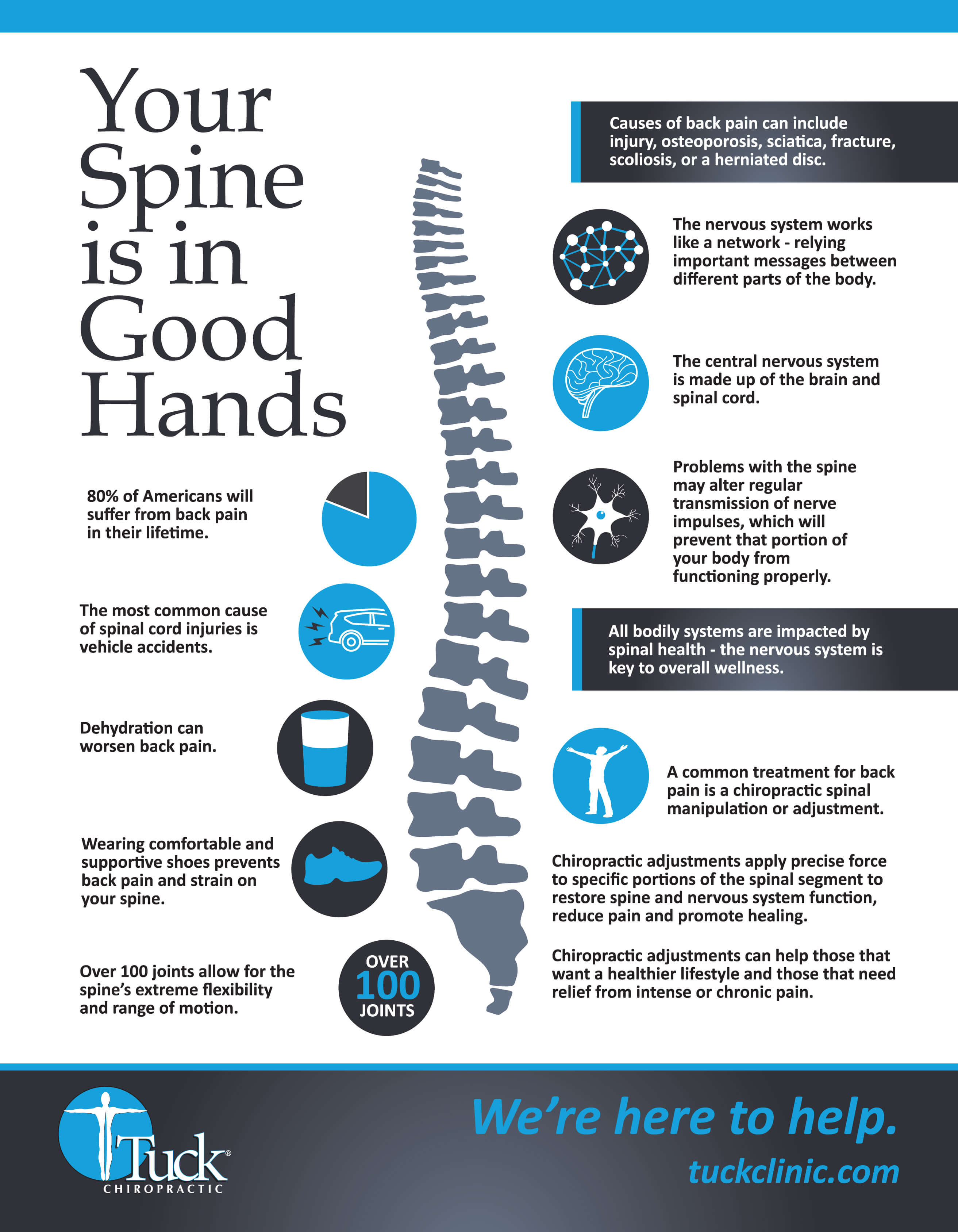Just When You Believe Relief Is Near, Soft Tissue Therapy Reveals Its Uneasy Realities-- Discover Why The Process Can Be Excruciating Yet Advantageous
Just When You Believe Relief Is Near, Soft Tissue Therapy Reveals Its Uneasy Realities-- Discover Why The Process Can Be Excruciating Yet Advantageous
Blog Article
Post By-May Thuesen
When you undertake soft Tissue treatment, you might find it surprisingly uncomfortable. This discomfort arises as stress is related to stressful muscles and broken cells, triggering your discomfort receptors. While it can feel upsetting in the minute, there's a factor behind this sensation. Comprehending what occurs in your body during these treatments can help you appreciate the procedure. So, just what is going on under the surface area?
The Physiology of Pain During Soft Tissue Therapy
When you undertake soft Tissue treatment, your body's action to discomfort is an intricate interplay of physiological processes. As https://juliuspleys.blog-gold.com/41556254/soft-tissue-therapy-for-athletes-boost-your-performance applies pressure, your body triggers pain receptors, sending signals to your brain. This causes the launch of natural chemicals, such as compound P and glutamate, which enhance the sensation of pain.
Your muscular tissues might also tighten in response, more making complex the experience. Additionally, your body might release endorphins, natural painkillers that can assist relieve some pain.
The communication in between these procedures can produce an unique experience for each person. Comprehending this physical response assists you browse the experiences throughout treatment, enabling you to appreciate the equilibrium in between pain and the capacity for healing benefits.
The Function of Pain in the Recovery Refine
Although pain throughout soft Tissue treatment can really feel frustrating, it plays a crucial role in the healing process. When you experience discomfort, your body is signaling that it's working to repair damaged tissues. This reaction helps raise blood flow to the damaged area, delivering vital nutrients and oxygen needed for recovery.
In addition, pain can advertise the release of endorphins, your body's all-natural painkillers, developing a sense of alleviation post-treatment. Welcoming this pain can assist you recognize your body's limitations and encourage you to resolve underlying problems.
While it's awkward now, this process is crucial for long-term recovery and enhanced feature. Identifying pain as a vital part of recovery can equip you to stay devoted to your therapy.
Tips for Managing Pain During and After Treatment
Handling discomfort throughout and after soft Tissue treatment can substantially enhance your general experience and recovery.
To start, communicate honestly with your therapist about your discomfort degrees; they can adjust techniques as necessary. Utilizing deep breathing strategies can also assist you relax and minimize pain.
Think about using ice to the treated area post-session to minimize inflammation and numb soreness. Remaining hydrated https://www.gainesvilletimes.com/life/people/chiropractor-dogs-how-gary-adams-helps-relieve-pain-his-four-legged-patients/ in the healing process, so consume a lot of water.
Gentle stretching and light activity after therapy can promote blood flow and simplicity stiffness. Last but not least, ensure you obtain adequate remainder to permit your body to recover.
Executing these suggestions can make your soft Tissue treatment much more workable and delightful.
Final thought
To conclude, while soft Tissue therapy can be unpleasant, it's vital to acknowledge that this discomfort plays an essential role in your recovery journey. By comprehending the physiological feedbacks at play, you can approach the treatment with a much more positive state of mind. Keep in mind, the initial pain commonly gives way to relief as your body releases endorphins. Accept the procedure, and don't wait to use the suggestions for handling pain to improve your experience and healing.
